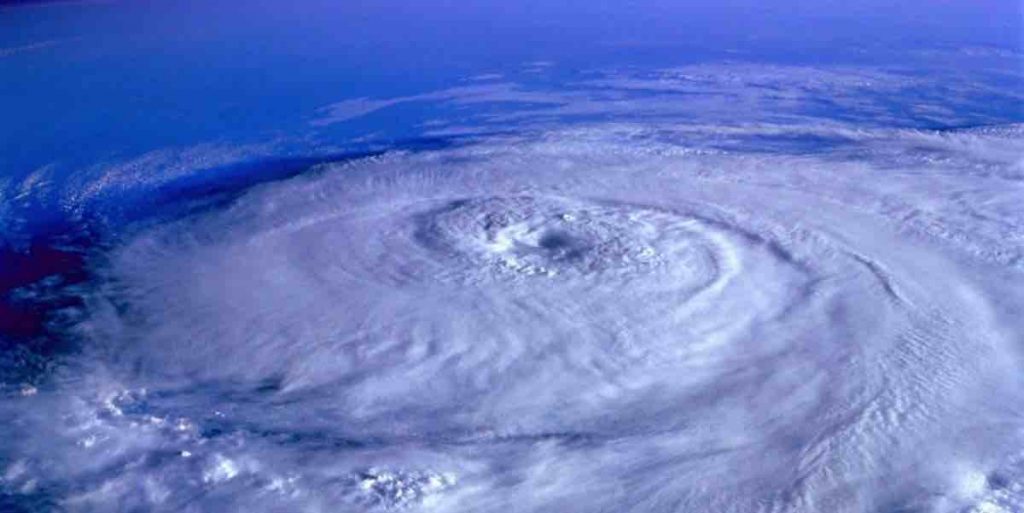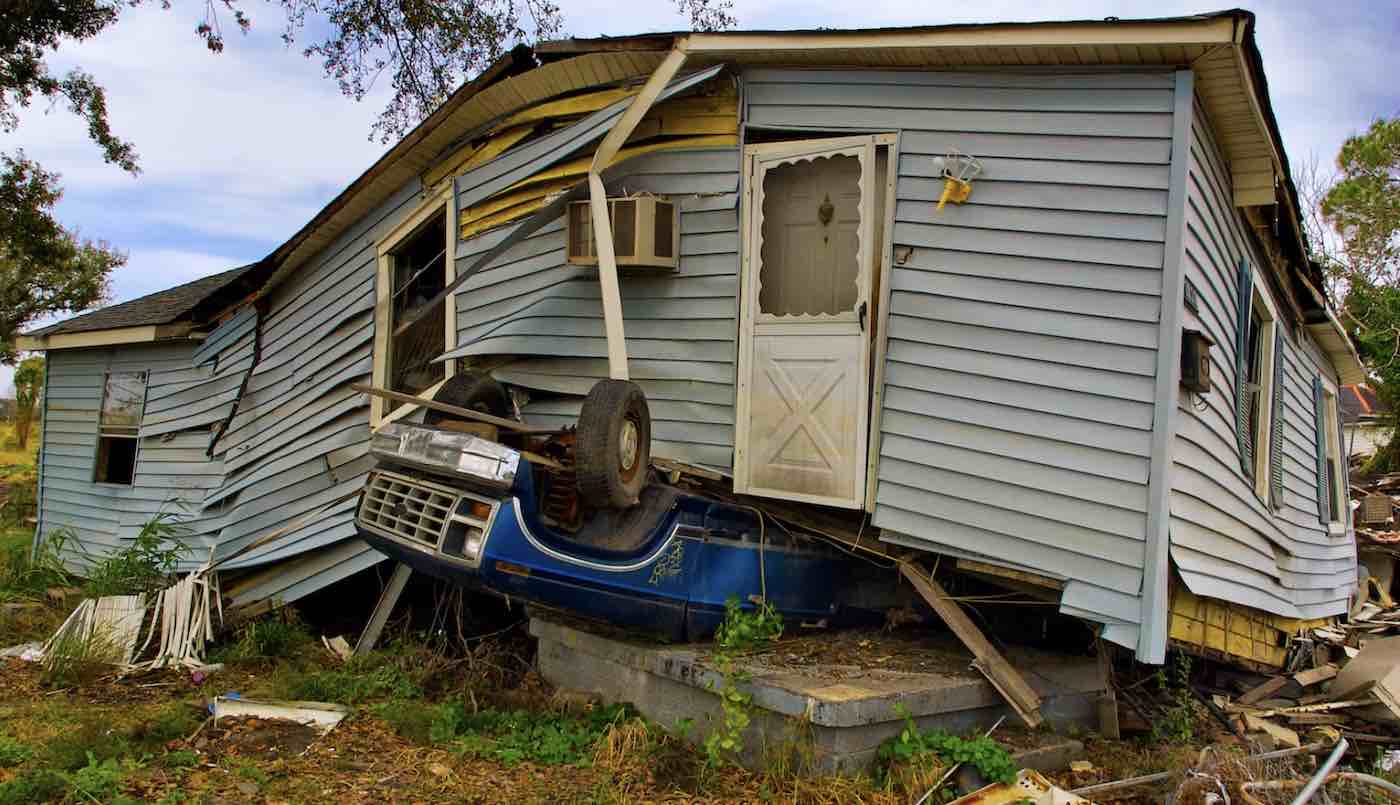
When a plane begins to shake from turbulence, it’s hardly surprising that most people become nervous. However the last few years have been the safest in the history of aviation.
Between 2021 and 2022, the fatal rate of accidents aboard aircraft worldwide was 0.24 per million flights. In other words, 1 in 4,240,000.
In actual fact, the rate is realistically lower since the accounting method included fatalities from events like hard landings, tail swipes, or runway collisions where those killed included ground crews or others.
As for the nightmare scenario of going down in the sky, there was just one occurrence throughout all of 2022, and none within the Western Hemisphere.
Throughout the world’s newspapers, there is no limit to the printing paper they will use to explain the onrushing climate catastrophe, and no discipline or incentive to frame the situation in appropriate terms; namely global ones.
Despite doctors in Canada erroneously diagnosing a patient as suffering from “climate change” last year during a heatwave, the decadal rate of deaths per 100,000 people during extreme weather events worldwide has never been lower than it is at our present time, even as newspapers focus on the extremity of every heavy weather season.
Accounting for landslides, heavy fog, glacial lake outbursts, wildfires, heavy storms of snow, snow, and wind, droughts, earthquakes, extreme heat, dry mass movement, floods, and volcanic activity, the global average is 0.16 deaths per 100,000 people; the lowest ever recorded.
The unprecedented speed at which people are being lifted out of poverty, mixed with the rising of already developing countries in the Global South into an income bracket that can now afford things like air conditioning, means that those most vulnerable to weather events can now better withstand them.
MORE POSITIVE TRENDS: Malnutrition Across India Has Plummeted By 60 Million–And Most of Asia Has a Similar Success Story
The growth of heavy industries among the more rapidly developing countries like Malaysia, Indonesia, Nigeria, India, and Turkey means that communities at risk for destabilizing events like earthquakes and floods can replace earthen foundations for concrete, thatched roofs with metal ones, and wooden beams with steel girders.
SHARE These Truly Jump-For-Joy Statistics And Global Trends…




















